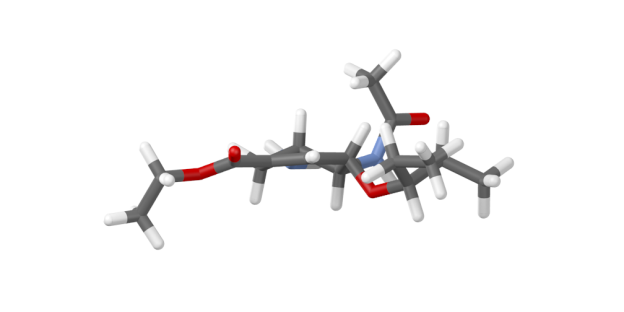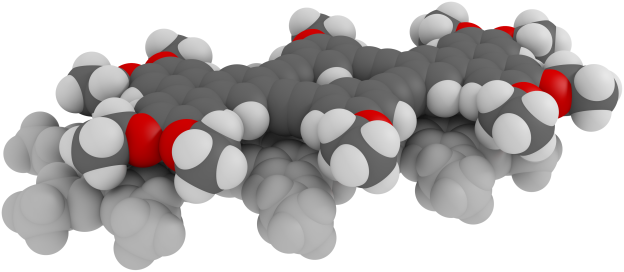One of the great things about pandoc is that it is very extensible through the use of filters. The best example of this is pandoc-citeproc, which is how references are processed in the native pandoc syntax. However, there are many other filters available, and they are fairly easy to write if you’re passingly familiar with any one of a number of different programming languages (although Haskell—pandoc’s native language—and Python appear to be most common).
As a chemist, this sort of extensibility is both tremendously useful and sometimes very necessary. There are, I’ve realized, some real idiosyncrasies to our writing (for example, our insistence on having at least two and sometimes three different categories of figures that are numbered separately). In LaTeX, these are taken care of with different packages, like mhchem. I like to use LaTeX for Supporting Info files and these sorts of packages are very useful. In pandoc, a lot of similar functionality can be added through short filters that are applied when the files are processed.



